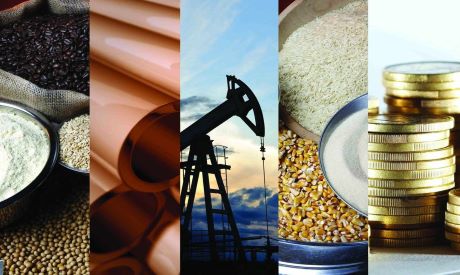To read the full report, please download the PDF above.
Executive summary | Energy markets 2023 outlook
A tolerable 2022 but the worst will come in 2023
The year 2022 was one of admiration
- Notwithstanding the largest energy supply shock since the 1970s, the year 2022 was one of admiration. Europe – as the epicentre of global volatility – displayed characteristic unity, tenacity and a principled willingness to bear unprecedented economic costs to withstand the reverberations of the war in Ukraine.
- A confluence of European gas storage scarcities on demand destruction, milder-than-usual weather in the early part of the heating season as well as tepid Chinese LNG demand (given its zero COVID policy), alongside abating liquidity risks on state-led intervention for energy entities to meet margin requirements, has meant Europe’s previously assumed winter of discontent, has encouragingly in-fact been (by and large) content.
The year 2023 is classified as one of alarm
- The crisis is far from over. We classify the year 2023 as one of alarm. Whilst the US natural gas market remains comfortable on benign output and weaker power demand, it’s across the pond where our concerns lie.
- The precipitous decline in European natural gas prices since last summer has created a false sense of security. The collapse in Russian flows, rising Chinese LNG competition (on reopenings) and ongoing demand defence measures, will reinforce the tightness in European gas markets and support prices.
- Meanwhile, the supply side of the oil market remains constrained – inventories are at multi-year lows, spare capacity is thin and the structural underinvestments miring oil (and the broader commodities) complex that pre-date the war in Ukraine remain unresolved – see here for our commodities 2023 outlook.
Continued crystallisation of European de-industrialisation risks is the most alarming issue of 2023
- The most alarming issue of 2023 in our view is the continued crystallisation of European de-industrialisation risks owing to the energy shocks disproportional impact on the continent relative to the rest of the world.
- Not only is the pace of permanent industrial asset closures garnering momentum (notably in the chemicals space) given unsustainably high unit energy costs, but Europe is now having to compete with (i) the promising US Inflation Reduction Act (IRA) that aims to promote the “Made in America” renaissance centred on renewable capex investments, as well as; (ii) the longer history of cost competitive “factory Asia”.
- There are growing apprehensions that the recasting of the global energy system will pose a test of Europe’s modus operandi in 2023 and beyond.


